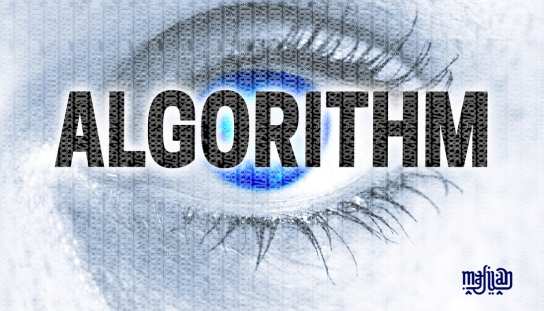Introduction to Algorithms
An algorithm is not a new invention; it dates back to the 8th century. The famous scholar and mathematician Muhammad ibn Musa al-Khwarizmi introduced algorithms. Born in 750 AD in Khwarazm, Iran, he also invented algebra. Due to his contributions, he is known as the Grandfather of Computer Science because algorithms are heavily used in computer science.
Algorithms Before Computers
Algorithms were used even before computers existed and have been applied in many areas.
Modern Algorithms in Computer Science
The foundation of modern algorithms was laid by Sergey Brin and Larry Page when they developed an algorithm for Google. Since then, the term “algorithm” has become essential in computer science.
What is an Algorithm in Programming?
An algorithm is a step-by-step process to solve a problem from the basic to the advanced level. It can be created using any computer language and various methods. Besides Google, other big companies like Amazon and Facebook also use algorithms for their businesses.
How to Create an Algorithm?
Creating an algorithm involves several steps:
- Understanding the Problem: First, try to understand the nature of the problem to find an easy solution.
- Breaking Down the Problem: Divide the main problem into smaller sub-problems.
- Listing the Sub-Problems: Make a list of all the sub-problems.
- Solving Each Sub-Problem: Find a solution for each sub-problem.
- Writing Solutions: Write the solutions in a simple form.
- Choosing a Programming Language: Select a language that solves the problem quickly and efficiently.
- Combining Solutions: Combine the solutions of the sub-problems in order.
- Testing the Program: Check if the program works correctly. If it passes all tests, the algorithm is ready.
Structure of an Algorithm
The structure of an algorithm follows five main principles:
- Feasibility: Avoid unnecessary steps and find practical, easy solutions.
- Finiteness: Keep the program simple and short for easy understanding and quick execution.
- Input: Make sure the program understands the given instructions.
- Output: Ensure the program can give the correct output based on the instructions.
- Effectiveness: Confirm that the program is effective and fully functional.
Simple Examples of Algorithms
- Daily Routine: A person’s daily routine, like waking up, having breakfast, getting ready, driving to work, and arriving at the office, is an algorithm.
- Cooking Recipe: When you bake a cake, following the recipe step-by-step is an algorithm.
- Household Appliances: The ringing of a phone, the timing of washing machines, microwaves, air conditioners, and heaters all use algorithms to function automatically.
Conclusion
Algorithms are everywhere in our daily lives, from the simplest routines to complex computer programs. They help solve problems systematically and efficiently. Understanding algorithms can make tasks easier and more manageable.






